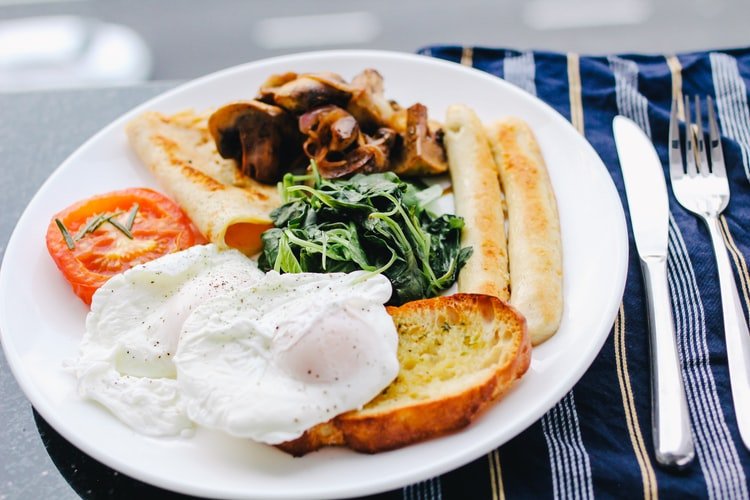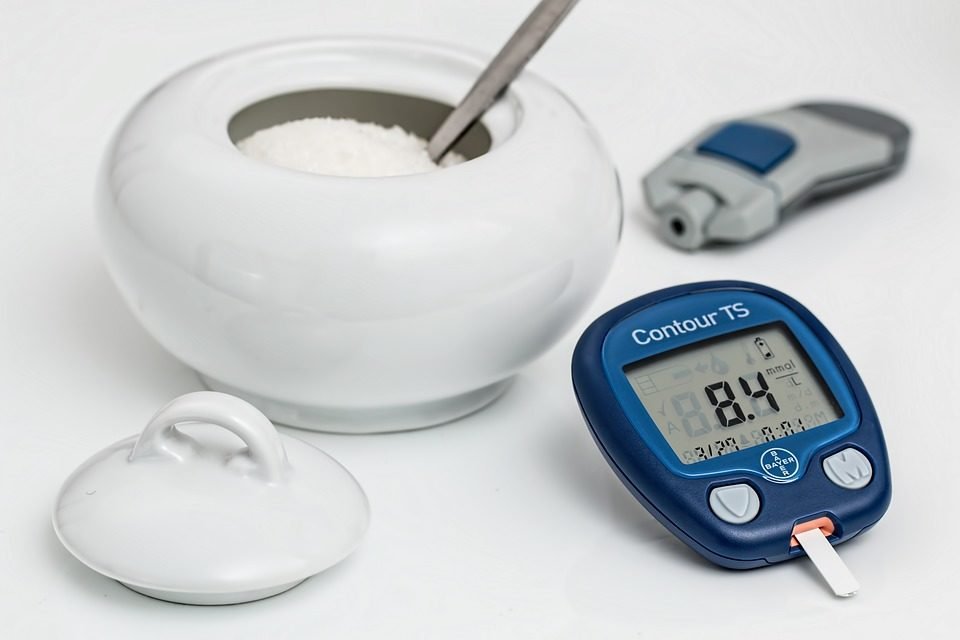If you are suffering from type 2 diabetes, one of the most common types of diabetes- eating healthy and a proper diet is important to keep your weight in control, blood story, cholesterol, and blood pressure. By enriching your strict diet and making a diet plan tailored according to your personal likings and lifestyle, you will enjoy the foods that are your favorite while lessening the complications and further risk too. Here we will discuss some foods for type 2 diabetes.
An analysis of type 2 diabetes- or prediabetes- generally means the doctor has suggested that you make some alterations to your diet or the diet of those whom you care for. This is a great time to become wiser about how you are eating daily.
Luckily, following a diabetes diet does not mean that you must give up the joy of eating your favorite foods and special meals. You can still enjoy “pizza”, hog on food during anniversaries and birthdays, and partake in holiday means and vacation dining. This is more about your regular food choices and meal planning.
Eating food to treat diabetes is much more about making sensible food adjustments that it is about deprivation and denial. A better way to look at a diet when you suffer from diabetes is one that helps you establish a new routine when it comes to your food choices and eating habits.
Foods for Type 2 diabetes
Though there is not any research that supports the individual dietary options for fighting type 2 diabetes, there is no harm in maintaining a balanced diet. Most often, the average diet lacks important elements like magnesium, potassium, fibre, calcium, vitamin A, B-12, C, D, E.

Adding foods that are rich in essential nutrients is most of the times considered as a great step in managing diabetes. As per research, here are some foods for type 2 diabetes:
Fatty Fish- Some people consider fatty fish to be the healthiest foods on the planet. Sardines, salmon, anchovies, and mackerel are the best sources of the Omega-3 fatty acids EPA and DHA, which have vital benefits for heart health. Getting enough of these fats daily is especially vital for people suffering from diabetes, who have a high risk for stroke and heart disease.
EPA and DHA protect the cells that line your body vessels, lessen markers of inflammation, and may assist improve the way your arteries function. Research shows that people who eat fatty fish daily have a low risk for acute coronary syndromes, like heart attack, and are less probable to die from heart diseases.
Studies show that eating fatty fish may also help to regulate your blood sugar level.
A study in 68 adults suffering from obesity and overweight found that people who consumed fatty fish had considerable improvements in post-meal blood sugar levels, compared with participants who had lean fish.
Fish is a great source of high-quality protein, which helps you to feel full and helps stabilize blood sugar levels.
Green leafy vegetables- Green leafy vegetables are very nutritious and low in calories. Also, they are low in digestible carbs, or carbs absorbed by the body, so they will not significantly affect the blood sugar levels. Kale, spinach, and other green leafy vegetables are great sources of vitamins and minerals, including Vitamin C.
According to some evidence, people with diabetes have low Vitamin C levels compared to people without diabetes and may have greater Vitamin C needs. Vitamin C acts as a potent antioxidant and has different anti-inflammatory qualities.
Increasing the intake of Vitamin C rich foods can help people suffering from diabetes increase their serum Vitamin C level while lessening cellular damage and inflammation. In addition, green leafy vegetables are good sources of antioxidants zeaxanthin and lutein.
These antioxidants protect your eyes from cataracts, which is a common diabetes complication.
Avocados- Avocados have less than 1 gram of sugar, a small number of carbohydrates, healthy fats, and high fiber content, so do not worry, it will nor raise your blood sugar level.
Consumption of avocado is associated with enhanced overall diet quality and substantially lower body weight and body mass index (BMI). This makes them a perfect snack for those suffering from diabetes. Avocados have properties precise in preventing diabetes.
According to a study conducted on mice in 2019, it was found that Avocation B (AvoB), a fat molecule that is only found in Avocados, prevents incomplete oxidation in skeletal muscle and pancreas, which lessens insulin resistance.
More research is required in humans to establish the connection between diabetes prevention and avocados.
Berries- This is one of the popular foods for type 2 diabetes. To satisfy your sweet tooth, nothing is as good as berries. They are loaded with antioxidants, vitamins, and fiber. Research shows that eating low-GI fruit as a part of a low-glycemic diet can lessen blood pressure as well as the risk of heart disease.
Sweet potatoes- Potatoes can be a part of a healthy diabetes diet. Choose sweet potatoes for additional vitamin A and fiber, which is good for your health, especially eyes. They have potassium and vitamin C. Try serving the sweet potatoes with a pinch of cinnamon. Not only does this spice add some sweetness, but some studies suggest that it may help your body to use insulin in a much better way.
Beans- They are great for your heart as well as diabetes. Studies show that, as part of a low-glycemic diet, they can lower your level of blood sugar. They serve up fiber, protein, and vitamins without saturated fat. Beans contain carbohydrates, a half cup of cooked beans is considered as a starch serving. If you used canned beans, then do not forget to drain, and wash them before using them. This helps in removing extra salt.
Milk and yogurt- Dairy products offer Vitamin D, which may help your insulin work in a better way. They are a great source of bone-building calcium. Dairy products contain carbohydrates, so try to find low-sugar brands of yogurt. Also, select nonfat and low-fat items to reduce both calories and fat.
Eggs- Eggs offer amazing health benefits. In fact, they are one of the best foods to control diabetes as they keep you full and satisfied in between the meals. Regular consumption of eggs may also reduce the risk of heart disease in different ways. Eggs reduce inflammation, enhance insulin sensitivity, increase your HDL cholesterol level, and adjust the shape and size of your LDL, i.e. bad cholesterol. A study conducted in 2019 found that eating a low-carb, high-fat breakfast of eggs could help diabetic people manage blood sugar levels throughout the day. Make sure you eat whole eggs. Eggs are healthy mainly due to nutrients found in the yolk.
Chia seeds- These seeds are wonderful food for people suffering from diabetes. They are high in fiber, yet low in digestible carbohydrates. In fact, 11 of the 12 grams of carbohydrates in a 28-gram serving of chia seeds are fiber, which does not affect the blood sugar level. The thick fiber in chia seeds can lower your blood sugar level by reducing the rate at which food moves through your gut and is immersed. Chia seeds may help you to attain a healthy weight as fiber lessens hunger and keeps you full for a long time. Chia seeds may also help you to maintain glycemic management in people suffering from diabetes.
Broccoli- It is one of the healthiest vegetables around. A half-cup of cooked broccoli consists of just 27 calories and 3 grams of digestive carbohydrates, along with vital nutrients like magnesium and Vitamin C. Several studies in people suffering from diabetes have found that eating broccoli sprouts may help reduce the insulin level and protect against cellular damage. Broccoli may also help to manage your blood sugar levels. A study found that consuming broccoli sprouts led to a 10 percent drop in blood glucose in people suffering from diabetes. This drop in blood glucose level is mostly due to sulforaphane, a chemical found in cruciferous vegetables like sprouts and broccoli.
Flaxseeds- They are incredibly healthy food. Popularly known as linseeds or common flax, flaxseeds have a high content of heart-healthy Omega-3 fats, fiber, and several other unique plant compounds. A part of their insoluble fiber is made of lignans, which may help reduce the risk of heart disease and enhance the management of blood sugar. Flaxseeds are also great for lowering blood pressure.
While choosing diabetes-friendly foods at the grocery store, keep your diet in mind. Based on what meal plan you are using; you may need to bring some changes in your portion size.
Create a diabetes meal plan
There is no fixed diabetes meal plan. Discuss with your healthcare team to make a meal plan that fits your eating habits and schedule, while at the same time handling your diabetes too.

The plate method
This is an easy and fast method that does not need any kind of special tools. It mainly focuses on the portion sizes, with half of the plate containing non-starchy veggies, one-quarter of the plate containing legumes and whole grains, and the rest one-quarter filled with lean protein food items. If you want, you can add healthy fats, whole fruits, and low-fat dairy products in your meal.
To make a diabetes meal plate, first, draw an imaginary line in the middle of your plate. It is to divide your plate into three different sections or use a container or plate that has already sections in it. You must fill the largest section of the plate with vegetables that have low starch like carrots, spinach, cabbage, green beans, lettuce, broccoli, beetroots, turnips, peppers, and okra. In one of the small sections, put starchy food items like whole-grain, potatoes, lima beans, green peas, amaranth, low-fat crackers, fat-free popcorn. In the remaining small section, serve meat or meat substitute.
Having these foods for Type-2 diabetes will keep your fit and healthy.

